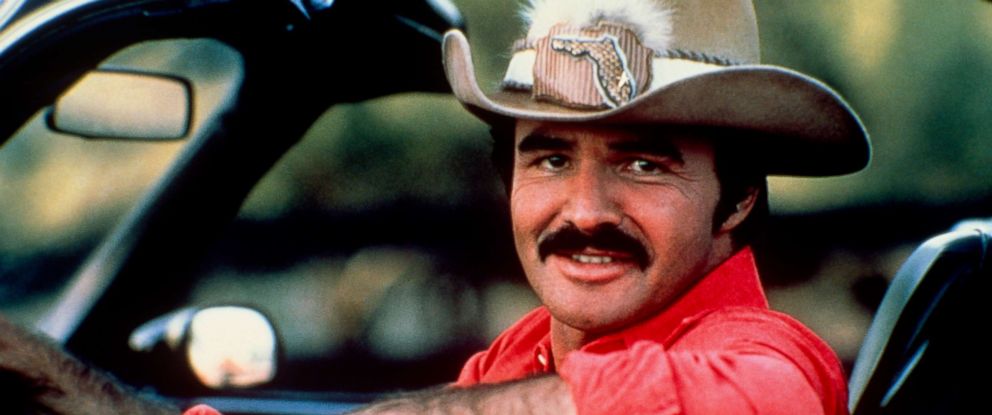
#BurtReynolds #CannonballRun #TheBestLittleWhorehouseinTexas #TheLongestYard
For today’s generation of moviegoers, Burt Reynolds may sound “kind of familiar,” as a Trader Joe’s cashier remarked yesterday.
But in the 1970s and early ’80s, there was no bigger star in Hollywood. The actor died of a heart attack yesterday at 82.
For five heady years, Reynolds and his string of unabashed “popcorn movies” like “Smokey and the Bandit” and its two sequels, saw him voted the nation’s top box-office star by exhibitors. Think of him as the Dwayne Johnson of his era: Proudly popular, unpretentious, witty, sexy and, yes, productive with two or three films a year.
Reynolds was born in Lansing, Mich., on Feb. 11, 1936, and grew up in Florida, a sheriff’s son. A star football player at Florida State, he went to Tinseltown and scored a touchdown.

He began in the late ’50s as a stuntman — whose rigors initiated a lifetime of self-medicating, pills for pain and for pep — then segued to TV westerns (“Riverboat,” “Gunsmoke”) before starring in mostly mediocre 1960s movies.
It was when he went on talk shows to ostensibly promote those movies that Reynolds really became a star — disparaging the badness, mocking himself, sparring with and holding his own with Johnny Carson, the ultimate quick wit.
In 1972, “Deliverance,” a remarkable thriller about four city guys meeting the dark side of human nature on a weekend canoe trip, won him critical respect. It made him, finally, a real movie star.

But Reynolds wasn’t going for critical respect. He specialized in good ol’ boy action comedies like “The Longest Yard,” “Cannonball Run,” “Gator,” and “The Best Little Whorehouse in Texas” with Dolly Parton.
He shattered Hollywood taboos that said real movie stars don’t pose nude for Cosmopolitan magazine the way Reynolds did, tongue firmly in cheek while sprawled on a fur rug in all his hairy-chested glory. Reynolds’ love life was a perennial tabloid topic. Divorced twice from actresses Judy Carne and Loni Anderson, he spoke of losing “the love of his life,” Sally Field, his “Smokey and the Bandit” costar, while promoting his 2015 memoir.

His only Oscar nomination — a Supporting Actor nod as a cynical pornographer in Paul Thomas Anderson’s “Boogie Nights” — held no reverence for Reynolds. Reportedly he was embarrassed by the film’s subject matter.
A fitting final hurrah came last year in the aptly titled “The Last Movie Star.” Reynolds, looking very old as an aging star given a salute by a small group of fans, reminded everyone of how really glorious his glory days were as key film and TV clips of Reynolds in his prime were displayed.
Burt Reynolds is a reminder that being a movie star once could be lots of fun.
www.bostonherald.com -September 7th, 2018
Comments
Post a Comment